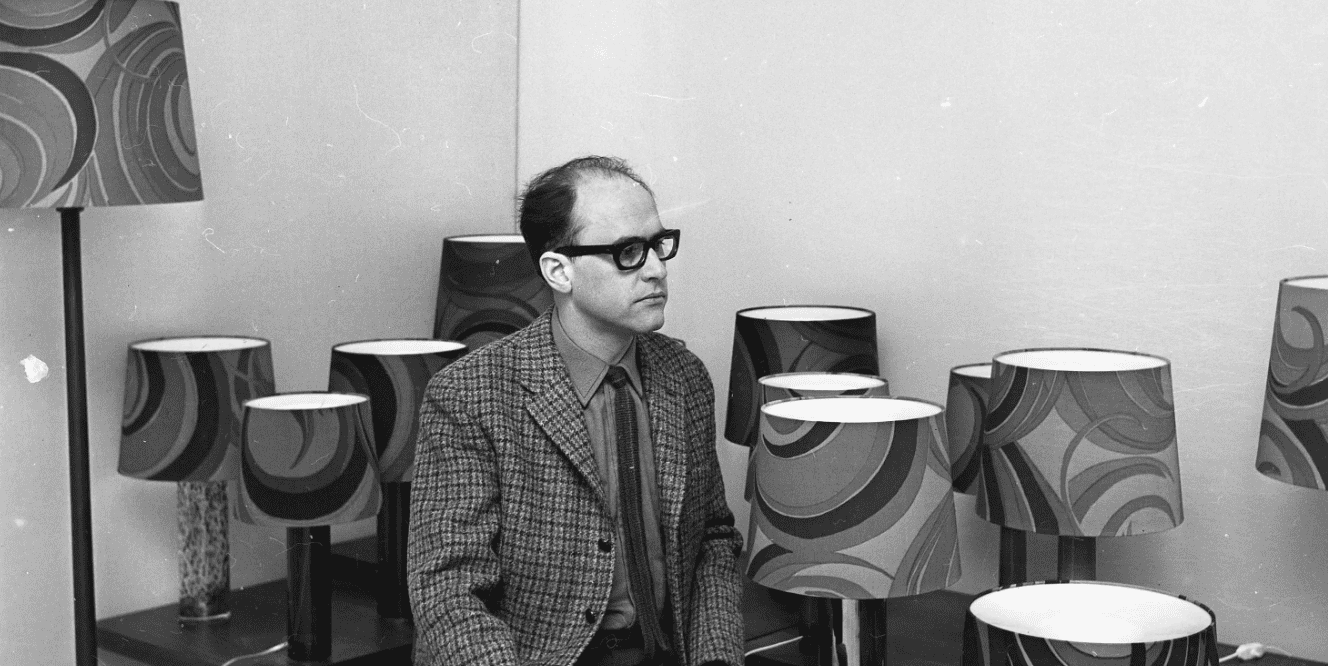
Uno Kristiansson
Uno Kristiansson (born 1925) was a Swedish designer and electrical engineer, best known as co‑founder and creative force behind the studio Luxus, which he established in Vittsjö, southern Sweden, in 1950. His early training combined practical cabinetmaking under his father—who ran Vittsjö Möbelfabrik from 1919—with technical work in theatre and large‑scale lighting installations in Stockholm from 1947 to 1950.
In 1950 Uno founded Luxus and invited his younger brother Östen (born 1927) to join him in design and production. Under their partnership, Luxus became known for high‑quality Scandinavian‑modern lighting, mirrors and occasional furniture pieces, characterized by clean lines, organic shapes, and a thoughtful mix of materials such as teak, pine, oak, acrylic, glass, and rattan.
Uno was primarily responsible for lighting design, drawing on his background in electrical engineering to craft both aesthetic and functional pieces. Early standout models include the acrylic Plafo ceiling lamp (1950s) and the opaline glass UFO lamp (also widely issued in acrylic in the 1960s). In 1954 they introduced the “Model 204 Hunting Chair” while a series of minimalist mirrors in the 1960s echoed the style of Jacques Adnet’s Circulaire series.
Luxus designs were shown widely in Sweden and across Europe during the 1950s and 1960s. The firm’s 1968 collection of colorful textile‑shaded lamps—designed in collaboration with Finnish textile artist Marjatta Metsovaara—captured the spirit of the era. Uno and Östen also worked internationally, with documented activity in the United States during 1956–57.
In about 1966 Östen took over their father’s furniture business, renaming it Östen Kristiansson AB, and eventually returning to the original Vittsjö Möbelfabrik name. After this transition Uno increasingly focused on lamps and mirrors for Luxus, often featuring acrylic as the primary material and treating wood as secondary detailing.
From the 1970s Luxus shifted concentration toward lighting for public and commercial spaces, introducing models such as the Arkitektura, Candus, Skulptura, Discus, Pinus and Rustikus lamps. Documentation of these specific models is limited, but they illustrate the studio’s evolving focus toward larger, architectural installations.
Uno Kristiansson did not receive widely publicised individual design prizes, yet his works appeared in many exhibitions—across Sweden and Europe—and are featured in vintage and museum collections today. His legacy is reflected by the high prices that Luxus lamps, mirrors, and occasional furniture fetch on the vintage market, often seen as key examples of mid‑century Scandinavian modern design.
Although Östen died in 2003, Uno’s work continues to be recognized internationally among collectors and designers as a striking example of clean, functional, and technically intelligent Swedish design.
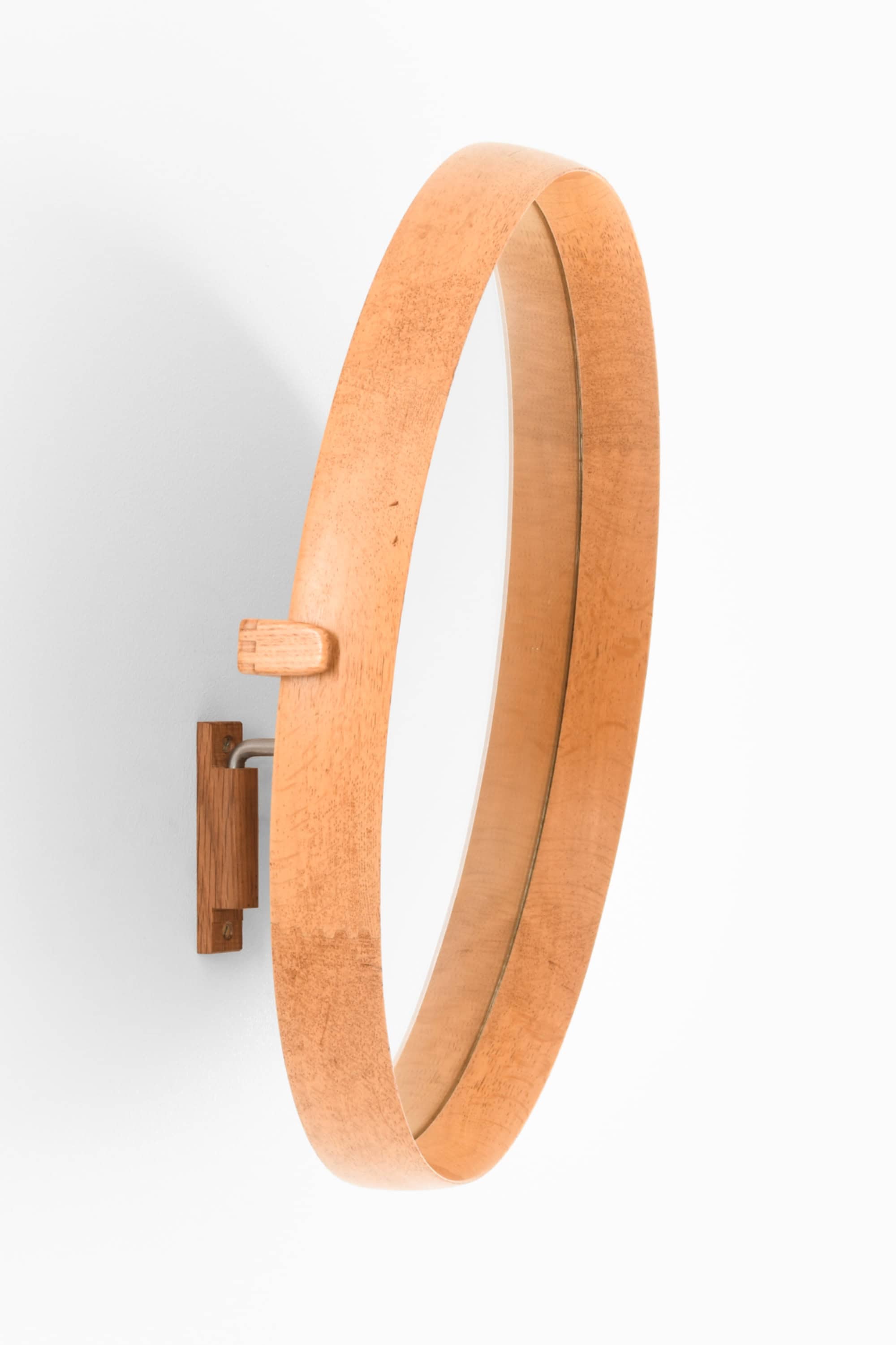
Uno & Östen Kristiansson mirror
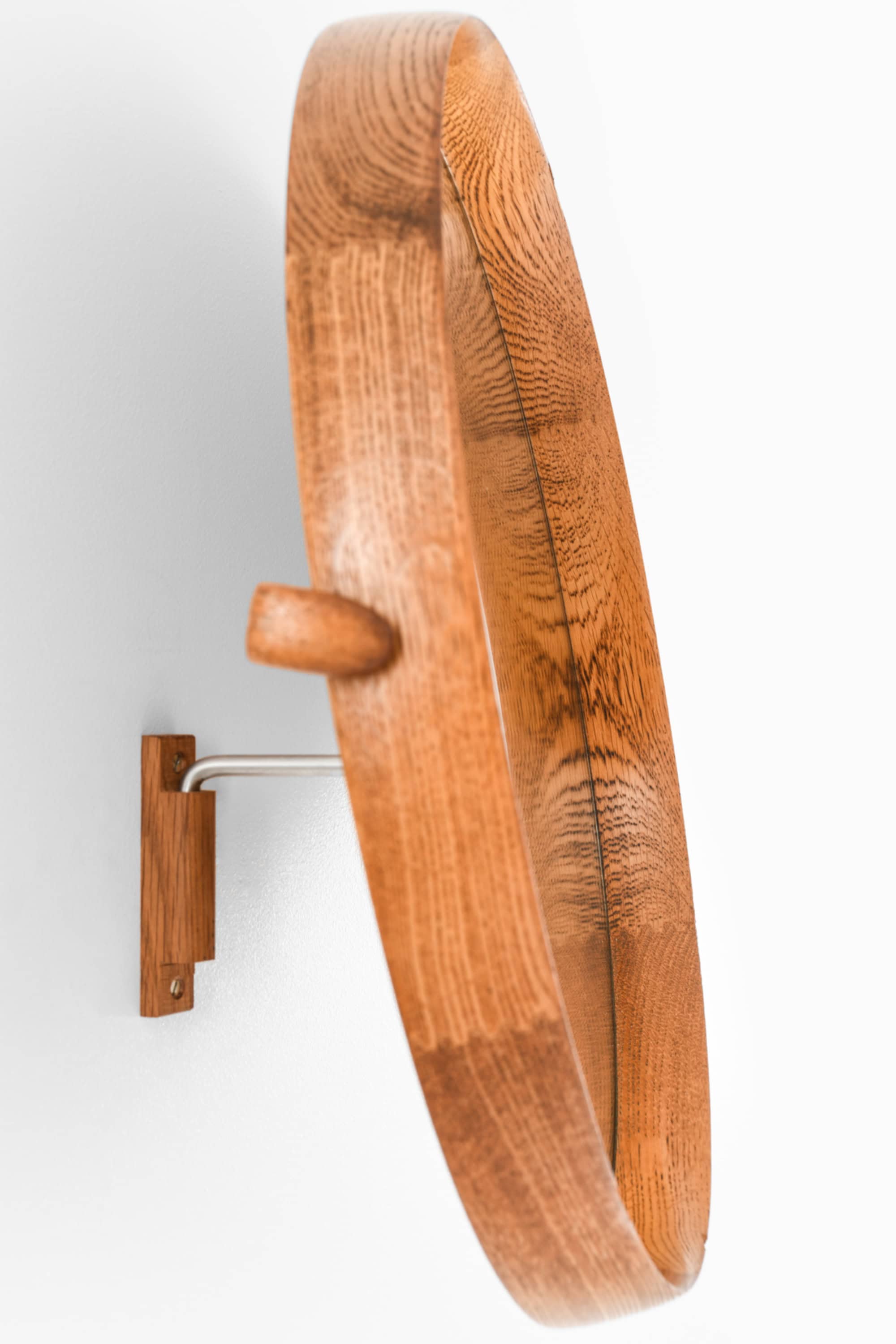
Uno & Östen Kristiansson mirror
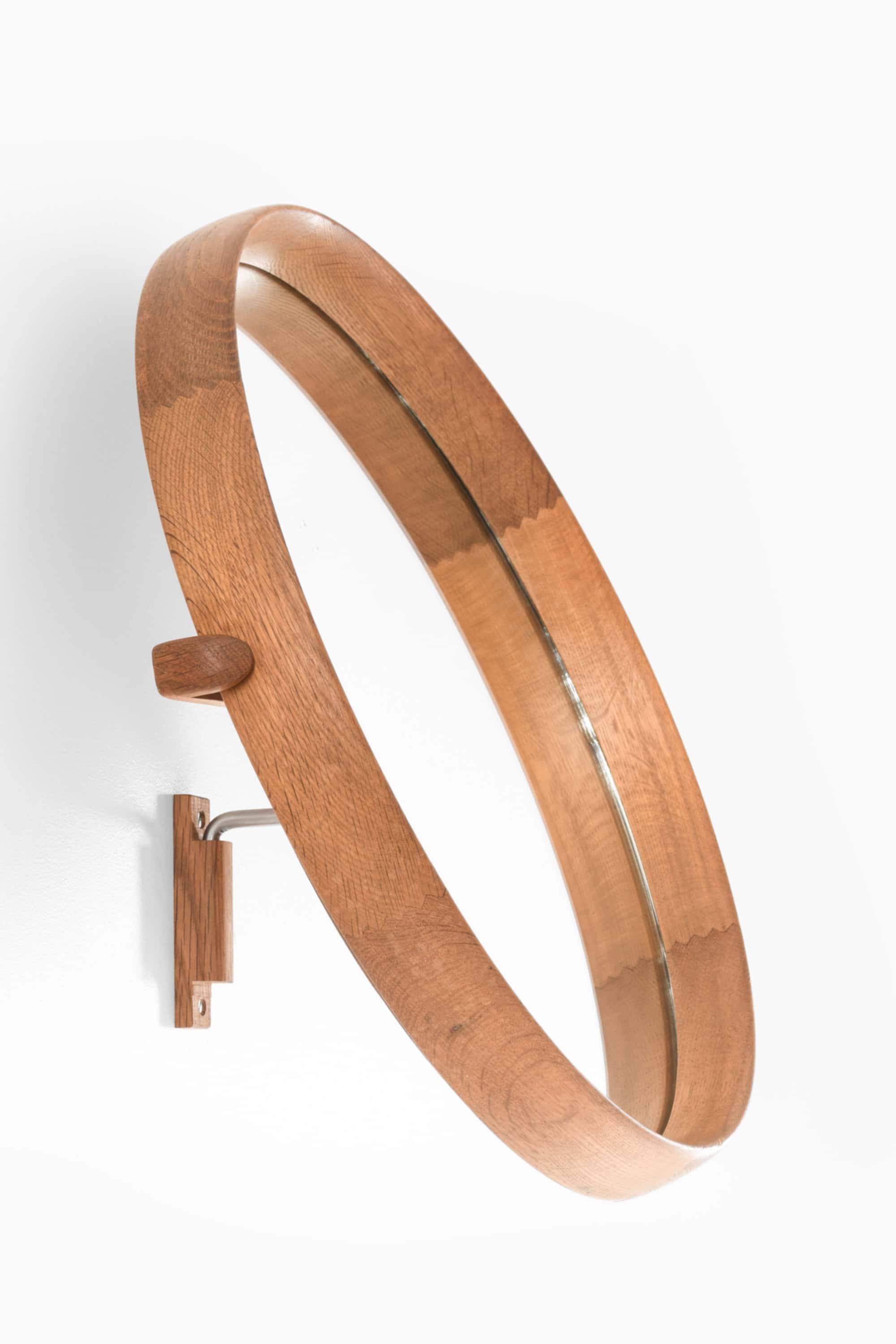
Uno & Östen Kristiansson mirror
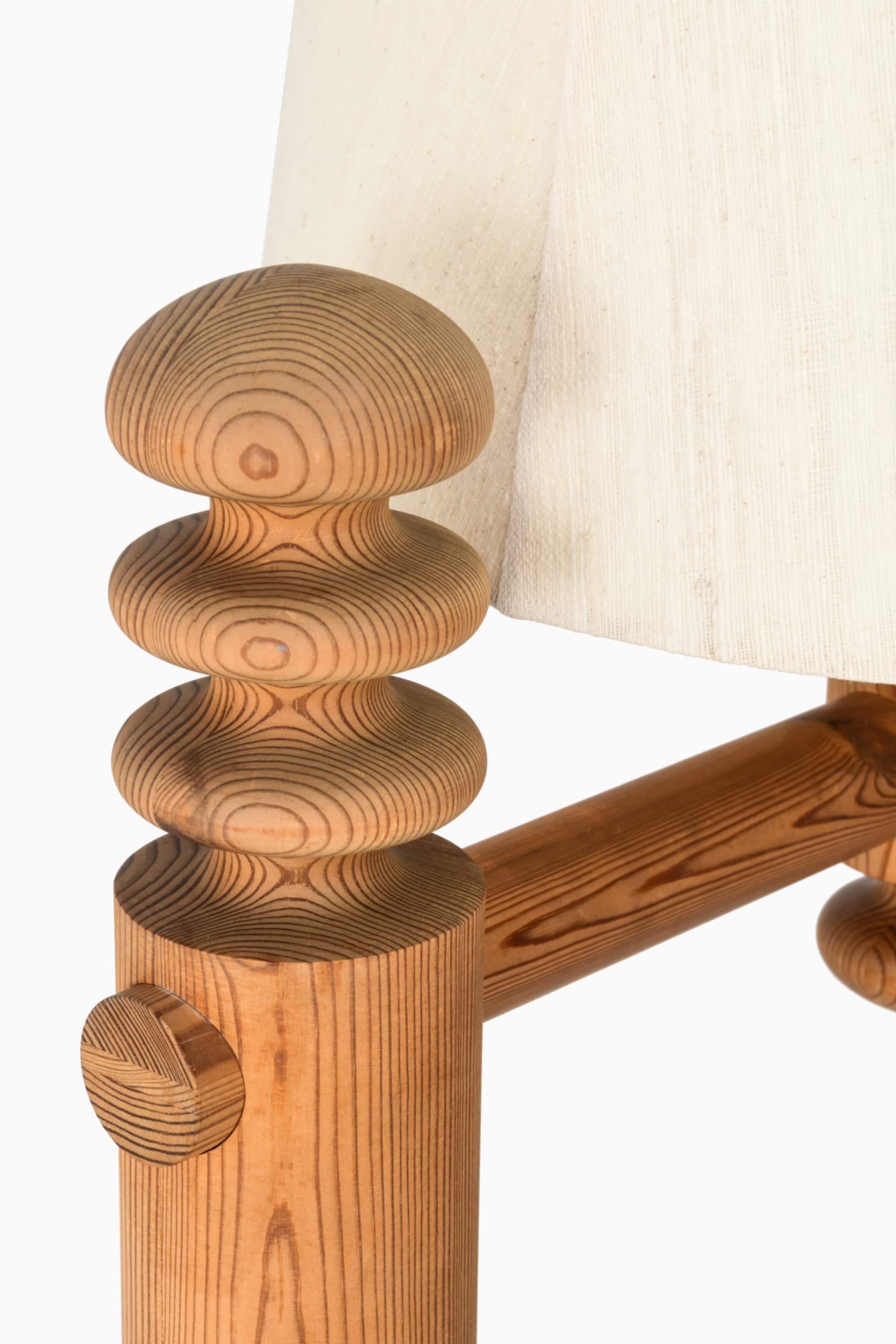
Uno Kristiansson floor lamp

Uno & Östen Kristiansson table lamps

Uno & Östen Kristiansson ceiling lamps

Uno & Östen Kristiansson stools
(2 PCS)
Uno & Östen Kristiansson stool

Uno & Östen Kristiansson mirror
